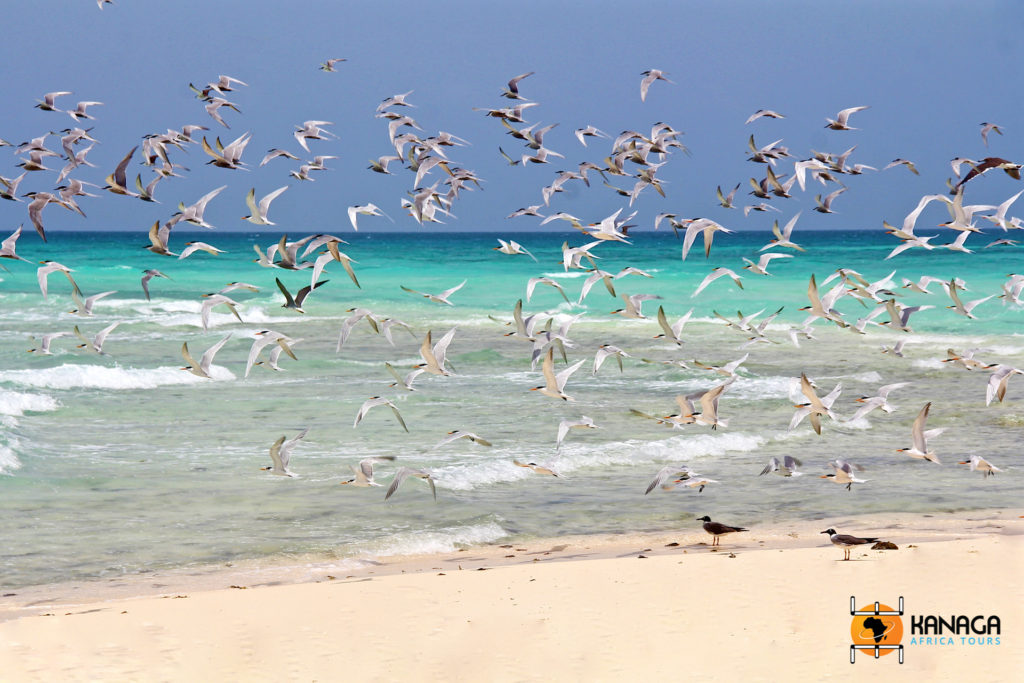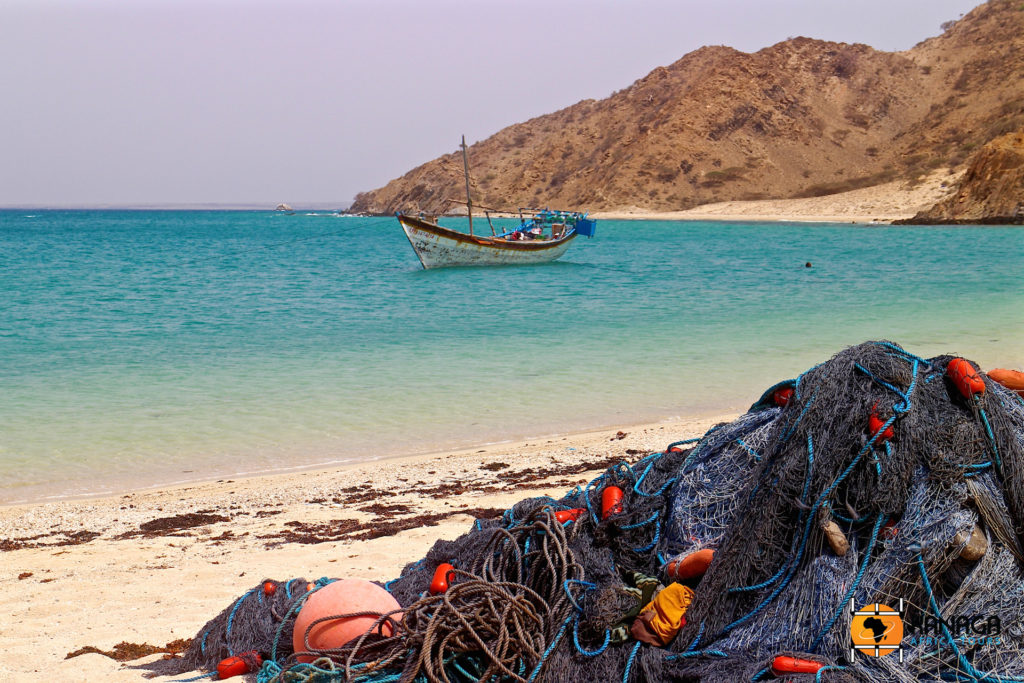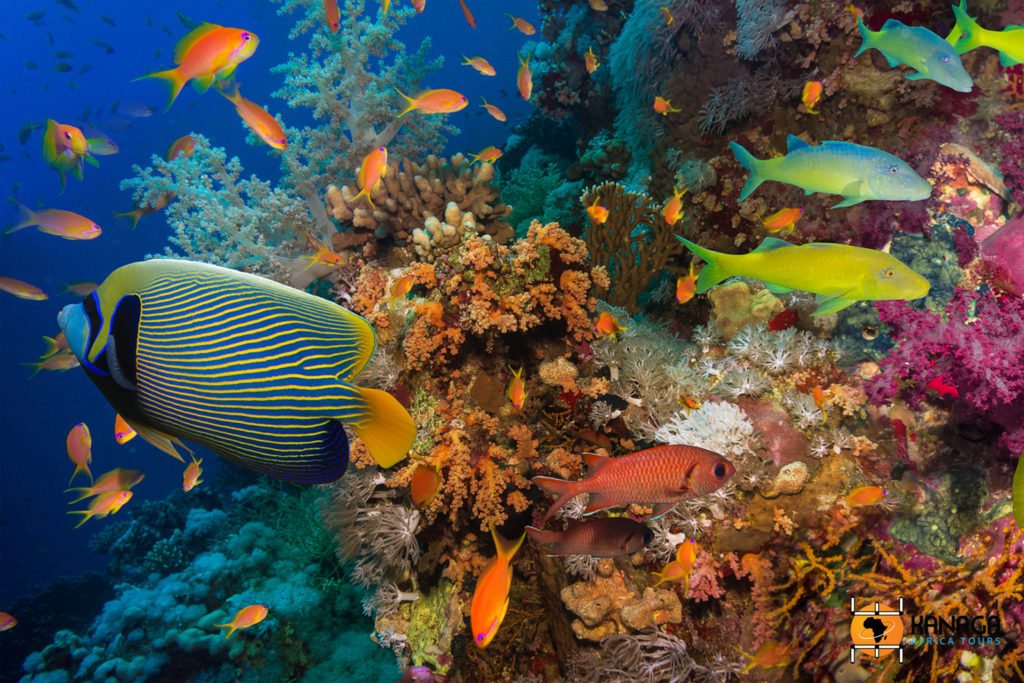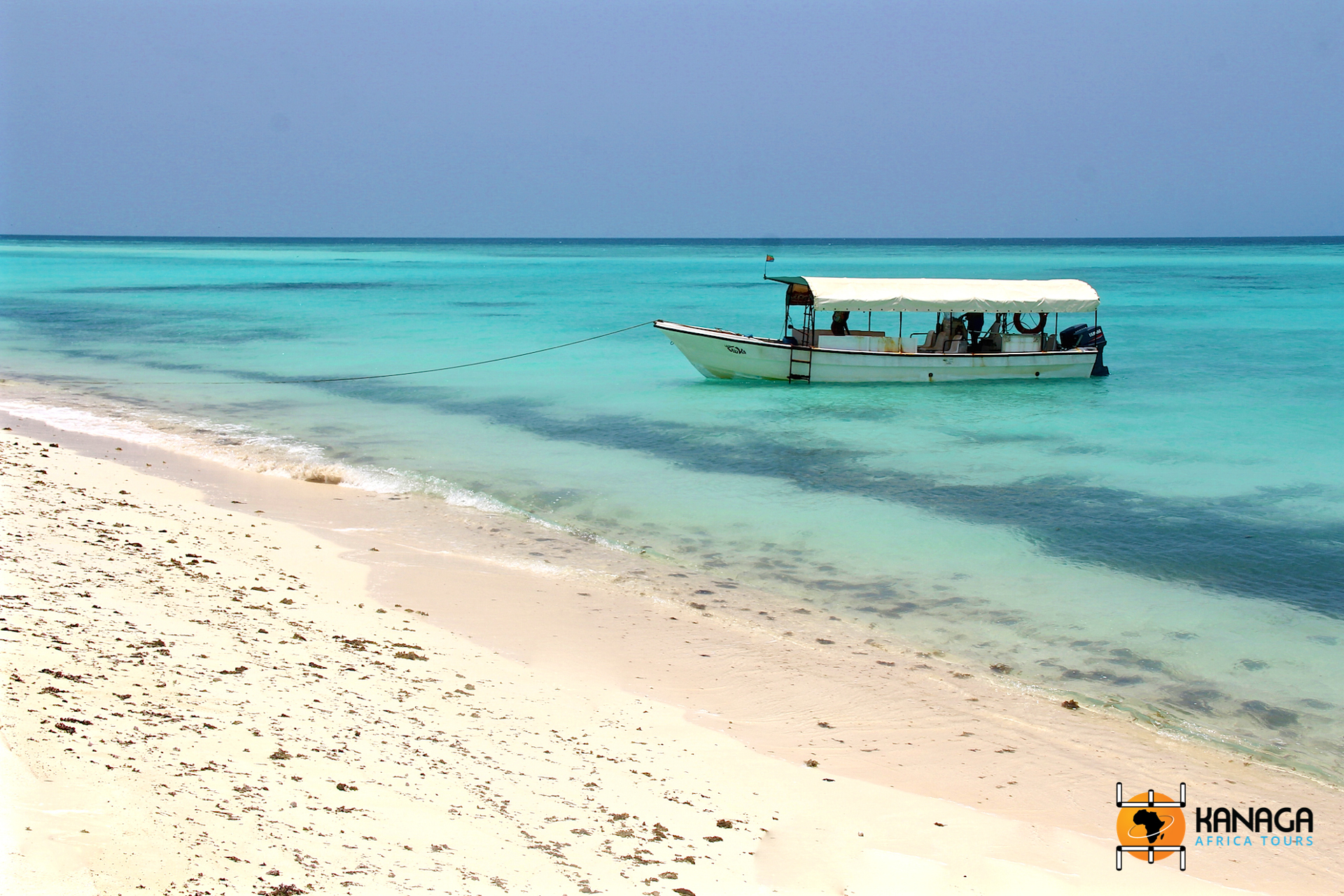© I. Fornasiero
An immense archipelago of some 200 islands in the heart of the Red Sea, the Dahlaks appear in all their desolate beauty off Massawa, like a myriad of gems set in the crystal clear sea, which nothing and no one has managed to undermine.
In front of them, thousands of years of trade routes, Arab merchants and Ottoman armies, slavery and exploitation, Italian, Russian and Ethiopian aircraft, bloody wars, naval bases and hundreds of military vessels swallowed up forever in the depths.
But they have remained there, unspoilt and wild, seemingly unattractive in their morphological aridity, yet preserving one of the last natural marine paradises.
Only a few of the main islands have been inhabited since ancient times, including Dahlak Kebir (Big Island), full of jagged coral bays, exploited in the past for pearl harvesting, which was entrusted to child slaves. Here there are some 10th-century necropolises, the cisterns dug out of the madreporic coral to collect rainwater, the ruins of 13th-century Christian churches, a few dilapidated buildings and underwater wrecks from the 20th century, among fishing villages that live otherwise timeless, inhabited by 2500 Dahalik (Afar), strongly attached to their own traditions and language.
Otherwise, the Dahlak Islands are the most astonishing of the aquatic environments on offer. A sea of indescribable colours, coral reefs that attract countless tropical, aquatic and birdlife species. Stingrays, manta rays, dolphins, sharks, barracudas, the shy and legendary dugongs and turtles roam in a marine habitat where human presence remains entirely marginal.
It can be reached by elder or the most modern motorboats from Massawa and there is no accommodation to accommodate you, only the most spectacular nature of the Red Sea, desolate on land and incredibly colourful in the depths, all to be admired with mask and snorkel.
Visiting the Dahlaks involves the same kind of practical and logistical organisation as an expedition into the desert, except that here boats are used instead of 4×4s and the desert is a blue expanse of a thousand shades. The oases are the islands, atolls of uninhabited white sand, broken up by the occasional mangrove or acacia tree, under a blazing sky that enlivens their extraordinary colours.
Sheik Said Island, the closest to the mainland, an island sacred to Muslims, where it is easy to see turtles laying their eggs and where its mud is still used today for cosmetic skin care; the islands of Madote, Dur Gaam and Dur Ghella, shrouded in flocks of migratory birds; the dark island of Dissei, an ancient volcanic land, the only island to have rocky relief, among which appear some traditional dwellings and fishing nets resting on the beaches.
A common thread links the islands, one of the most beautiful and colourful seas in the world.







